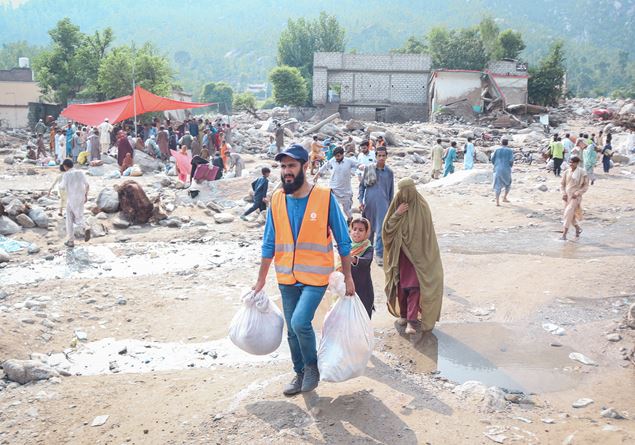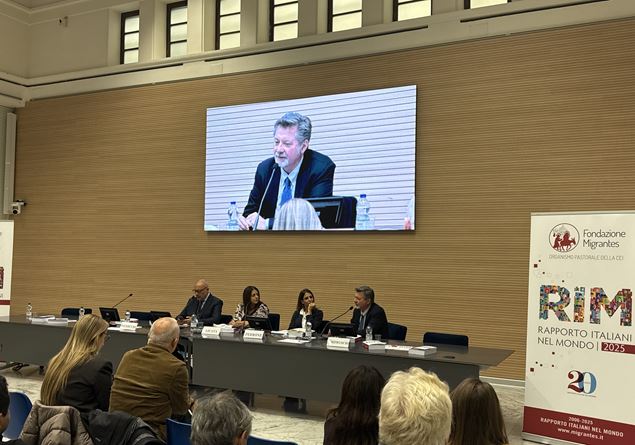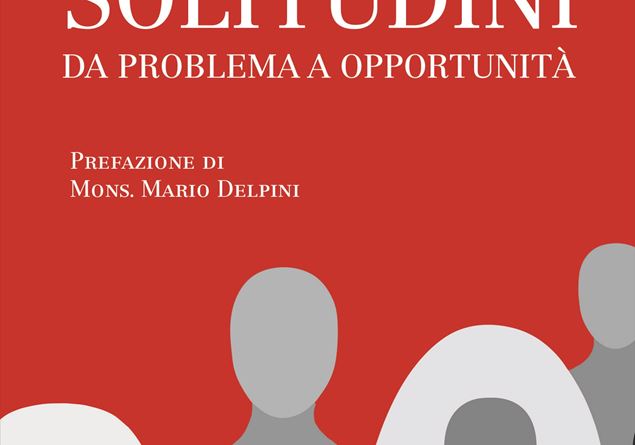A fact that catches the eye, capable of generating headlines and easy alarmism: the use of psychotropic drugs among Italian minors has more than doubled in the last four years. The recent OsMed 2024 report reports that the prevalence of use in the 0-17 age group has gone from 0.26% to 0.57% this year.
But what is really hidden behind this percentage? To throw water on the fire and invite a “careful reading” is Stefano Vicari, one of the leading experts in child neuropsychiatry in Italy. Together with Gabriele Masicoordinator of the primary psychiatric emergency departments, Vicari underlines how the debate must not stop at a simple numerical increase. The real question, according to specialists, is another: “Does this increased use of drugs really respond to the clinical needs of children and adolescents?”
The increase is there, it is undeniable, but for Vicari it must be put into perspective. “Talking only about ‘prevalence of use’ is not enough,” he explains. “You have to ask yourself how many people actually need treatment and aren’t receiving it.” Here perhaps the most dramatic figure emerges: «In Italy, estimates indicate that only 1 boy in 15-20 among those who could benefit from drug therapy actually receives it. It is the lowest percentage among the European countries most similar to us.” The concern, therefore, shifts “It is right to worry about those who take a drug”, continues Vicari “but we should worry just as much – perhaps more – about those who do not receive any treatment, despite needing it”.
The second key point to dismantle alarmism is put the numbers into context. Saying that use has more than doubled is scary, but the reality of absolute data is different. «It’s an increase, of course», admits Vicari, «but the levels remain much lower than in other European countries.” The comparison is clear: compared to Italy, the figures for France are three times higher (1.61% compared to 0.57%); in Spain and the Nordic countries the levels are even higher. “To think that only Italy has found the ‘right balance’ and that all the others are wrong would be a mistake”, comments the expert. Another fundamental clarification concerns age. Speaking generically about “psychotropic drugs for children” is misleading. The increase in consumption concerns the entire group under 18 years of age, but the peak is recorded between 12 and 17 years of age. This is the age “in which the most complex and severe forms of mental distress emerge, which often require, alongside psychotherapy and family and social support, also targeted pharmacological intervention”.
Furthermore, the term “psychotropic drugs” is a cauldron which brings together very different medicines: from stimulants for ADHD to serotonergics for depression and obsessive-compulsive disorder, up to antipsychotics (D2 receptor blockers), used for psychosis or behavioral disorders in autism, which require much more careful monitoring.
If on the one hand we must not give in to alarm, on the other Vicari insists on maximum prudence. Prescription in developmental age must follow fundamental principles:
Global evaluation: The drug fits into a framework that includes psychological, family and social aspects, not just medical ones.
Clear objectives: It is necessary to define precise symptoms to monitor to evaluate the real effectiveness.
Constant monitoring: An assessment of the risk/benefit ratio must be carried out within three months.
Periodic inspection: Even if it works, the therapy must be reviewed over time, evaluating reductions or suspensions.
To put the data back into perspective, just look at the general ranking of the drugs most used by 4.6 million minors who received at least one prescription in 2024 (50.9% of the total). Drugs for the central nervous system (a category that also includes psychotropic drugs) are only in fourth place (8% of the total). Anti-infectives (antibiotics) remain firmly in the lead, followed by drugs for the respiratory system and hormonal preparations. In conclusion, the new data are not an alarm signal, but, as Vicari underlines, “a stimulus to reflection and shared responsibility”. The real challenge is not to demonize drugs, but to ensure that those who need them can access appropriate, integrated and timely care.










